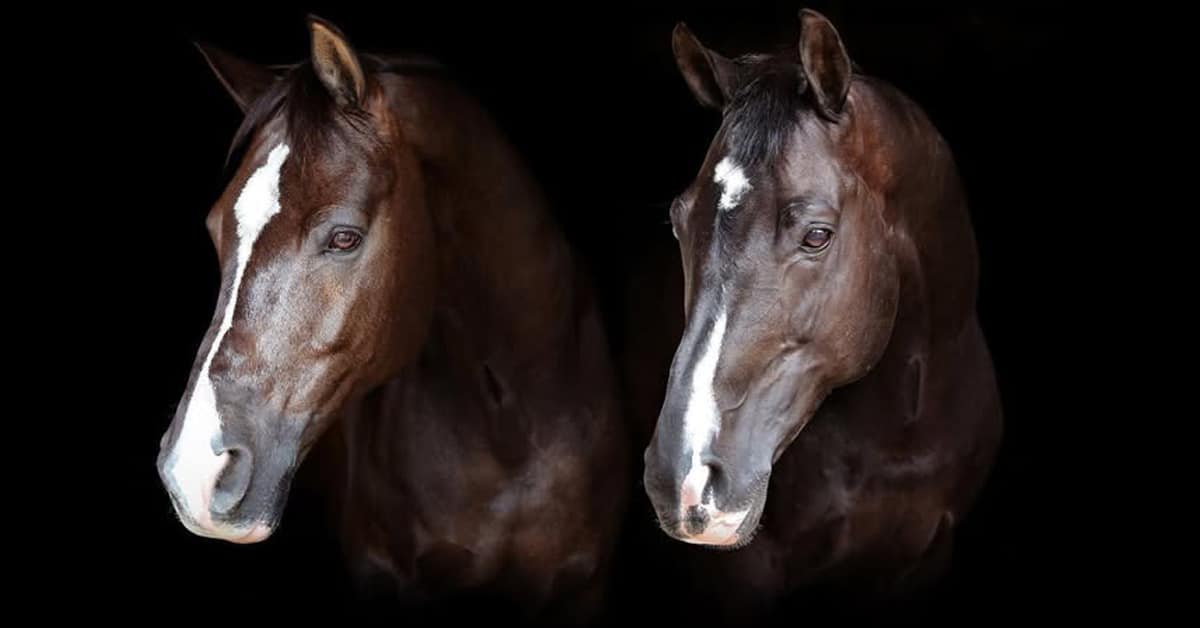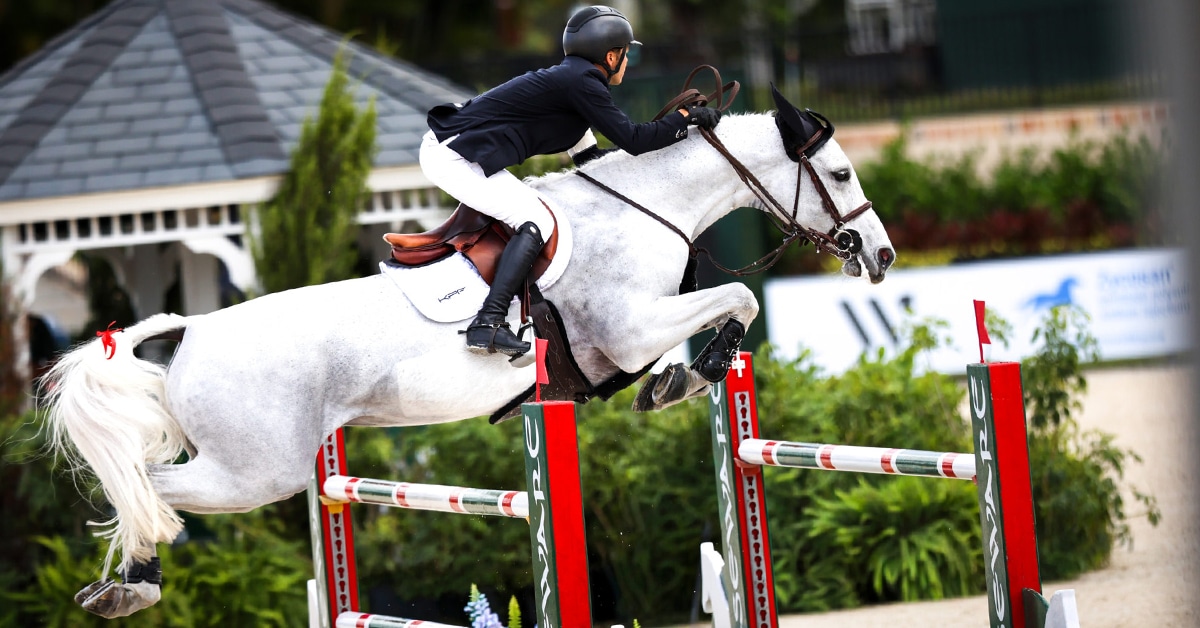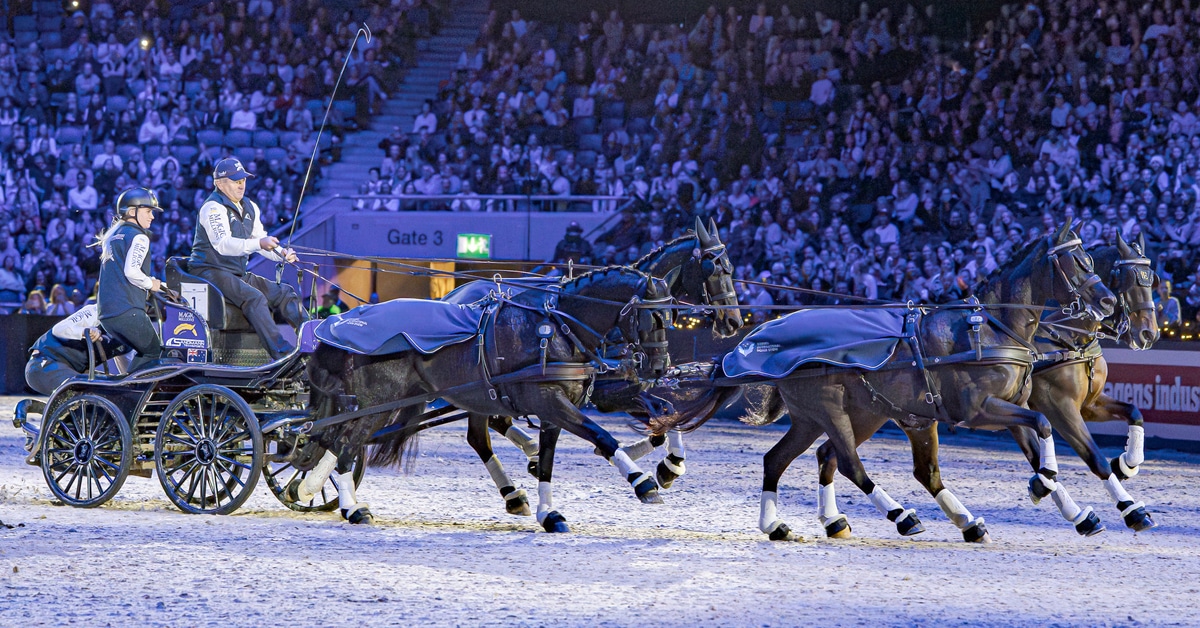Whip use in horse racing is a very controversial issue; their use has increasingly become an animal welfare concern. Whip use, which is widely believed to cause a horse to run faster, is a form of positive punishment which may result in a fear response. Positive punishment is one of four principles that make up equine learning theory, and means adding (“positive”) an unpleasant stimulant (“punishment”) to dissuade the horse from exhibiting an undesirable behaviour (such as losing speed or running slowly). Other research has shown that animals trained using punishment actually learn and respond slower than animals trained with reinforcement (pleasant stimuli).
Concern mainly lies in the excessive use of the whip on the racehorses; when used with enough repetitions and with enough force, whips can leave welts on a horse’s body. Using whips as a method of urging horses to run faster may have negative psychological effects on them, as well.
Regulations in all horse racing organizations dictate how often and where on the horse’s body the whip can be used in a race. Some countries have even completely banned the use of whips, with no apparent detriment to the country’s racing industry.
Undergraduate research completed with Dr. Katrina Merkies at the University of Guelph’s Kemptville Campus focused on the relationship between whip use on horses and each horse’s placing at the end of the race. The results showed that the slower running horses were whipped more than the faster horses, and ultimately there was no correlation between frequency of whip use on the horse and its speed and placing in the race. The research also looked at the frequency of whip use by experienced jockeys versus inexperienced jockeys; the results showed that the experienced jockeys, who on average did not place higher than inexperienced jockeys, used their whips more frequently.
The implications of this research for equine welfare are significant. It could lead to more accountability and transparency from the tracks and horses’ owners, trainers and jockeys. “There should be more focus on properly using learning theory in the training of racehorses,” says Merkies . “The application of learning theory would aid in developing a more strategic and technical approach to training, rather than relying on punishment to urge horses to run faster.”
More News









